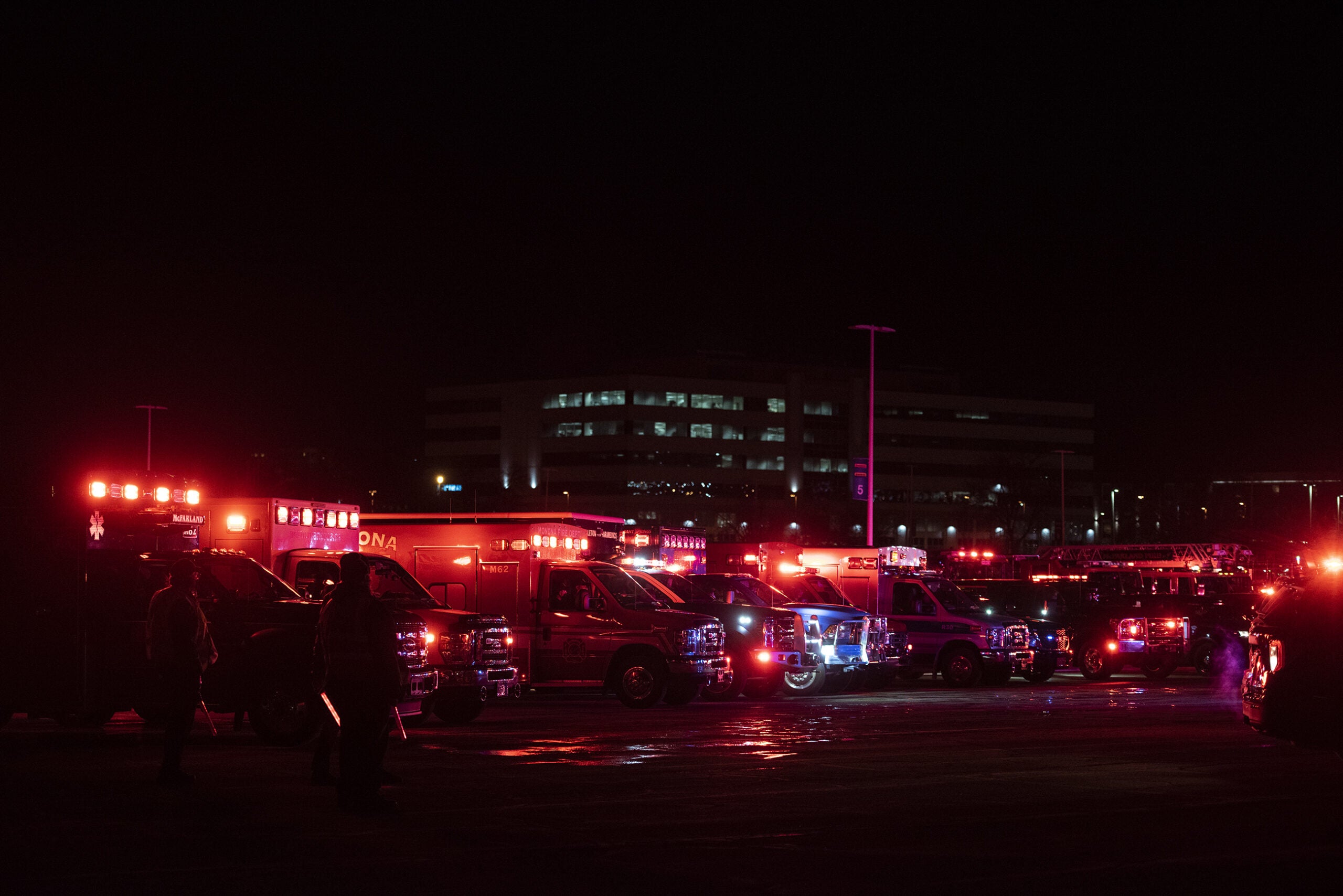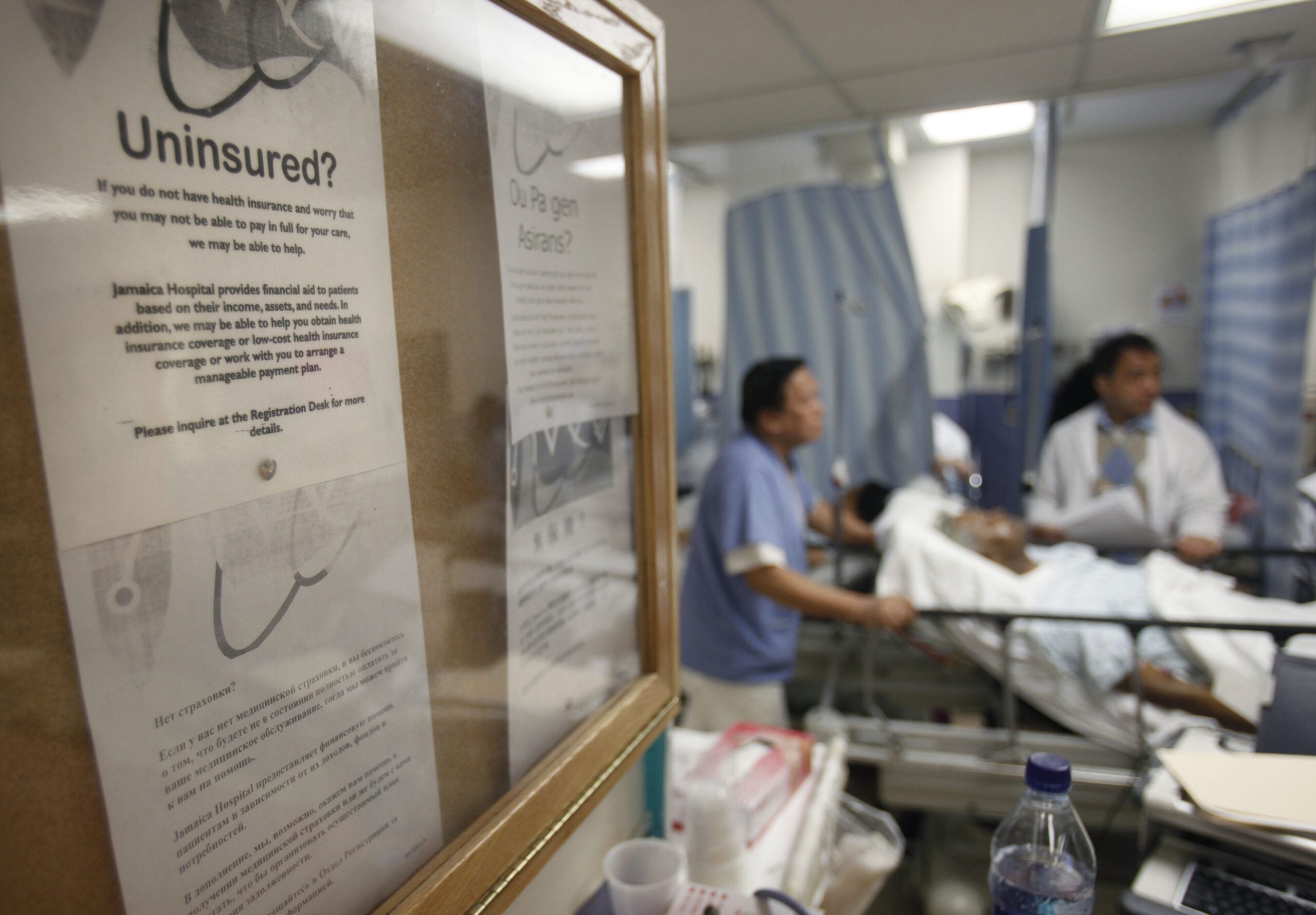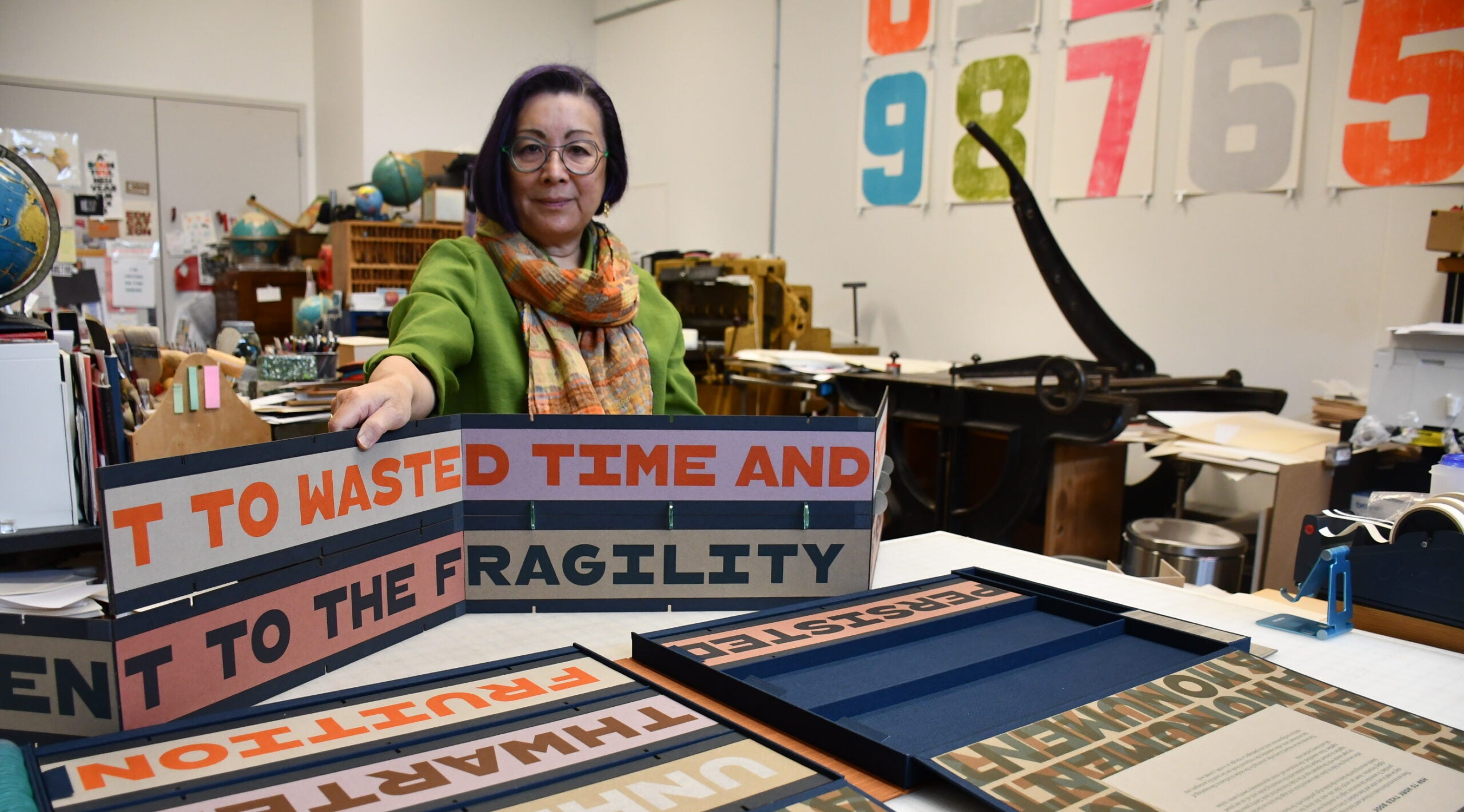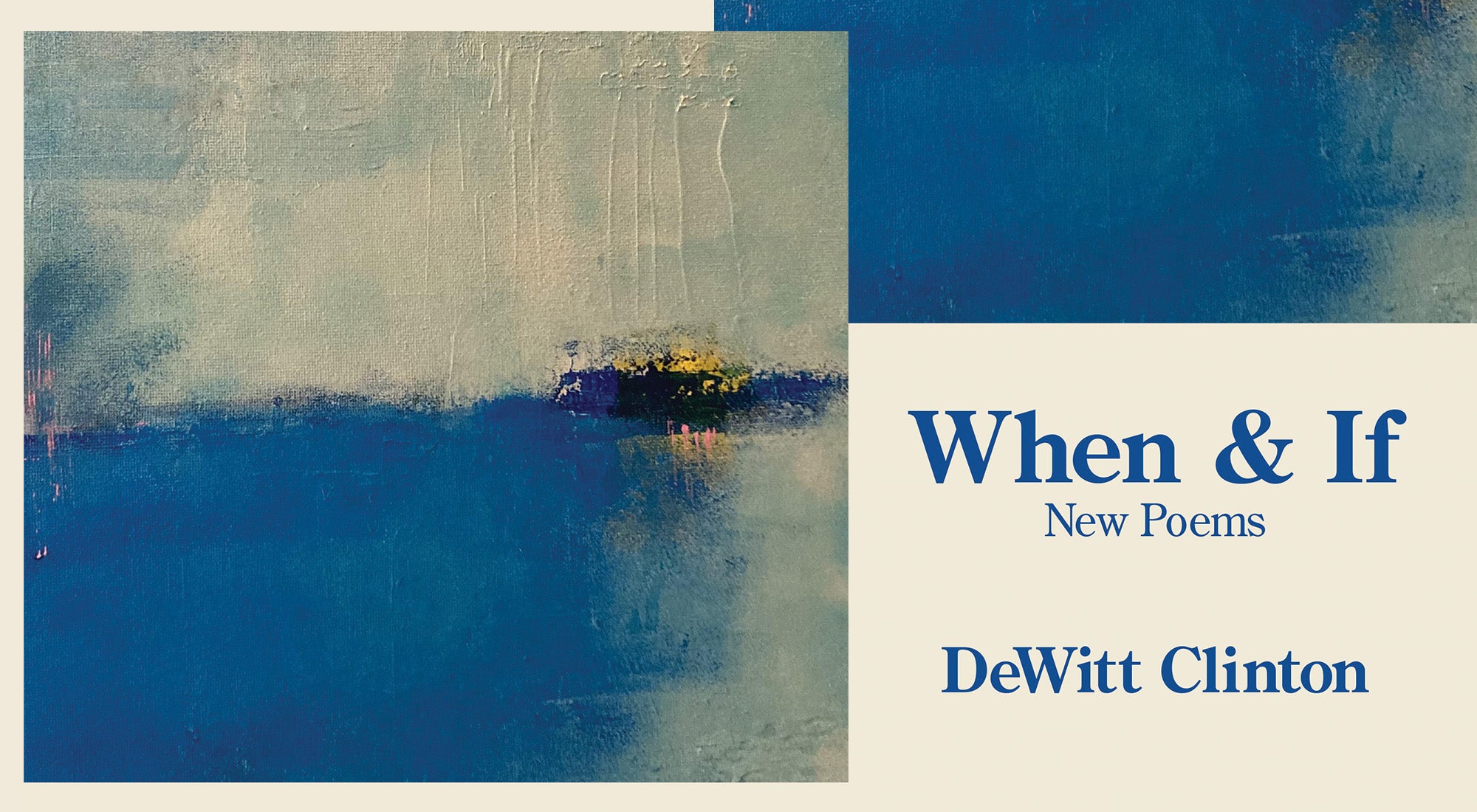Eric Boynton is using his background in philosophy to examine how the “slow burn” of the COVID-19 pandemic, which in a little over two years killed at least 1 million Americans, affects how the country grieves that scale of loss.
Boynton, who is the provost and dean at Beloit College, has studied mass trauma and how communities remember it. He said “allowing our own suffering to do its work” will open communities up to adequately memorialize the pandemic and get on the path of healing from the grief.
NPR reported on May 17, when Johns Hopkins University said the U.S. passed the 1 million mark, that number is about level with the population of San Jose, California — the 10th largest city in the country. COVID-19 became the third leading cause of death in the U.S., behind heart disease and cancer, and contributed to the biggest drop in life expectancy nationally since World War II.
News with a little more humanity
WPR’s “Wisconsin Today” newsletter keeps you connected to the state you love without feeling overwhelmed. No paywall. No agenda. No corporate filter.
Last week, Boynton joined Wisconsin Public Radio’s “Central Time,” where he discussed what might be behind COVID-19 misinformation, how memorials might help the country process its grief and finding the balance between desensitization and standing too deep in such levels of horror.
This interview was edited for brevity and clarity.
Rob Ferrett: How do we start to wrap our minds around 1 million deaths?
Eric Boynton: This is an age-old problem: the difficulty of coming to terms with a single death, (which) can be incalculable in certain ways. But death on a mass scale that affects an entire population — and in this case, as it has in the past, affects the whole world — is a scale that is difficult to find the modes by which to calculate or capture the kind of loss.
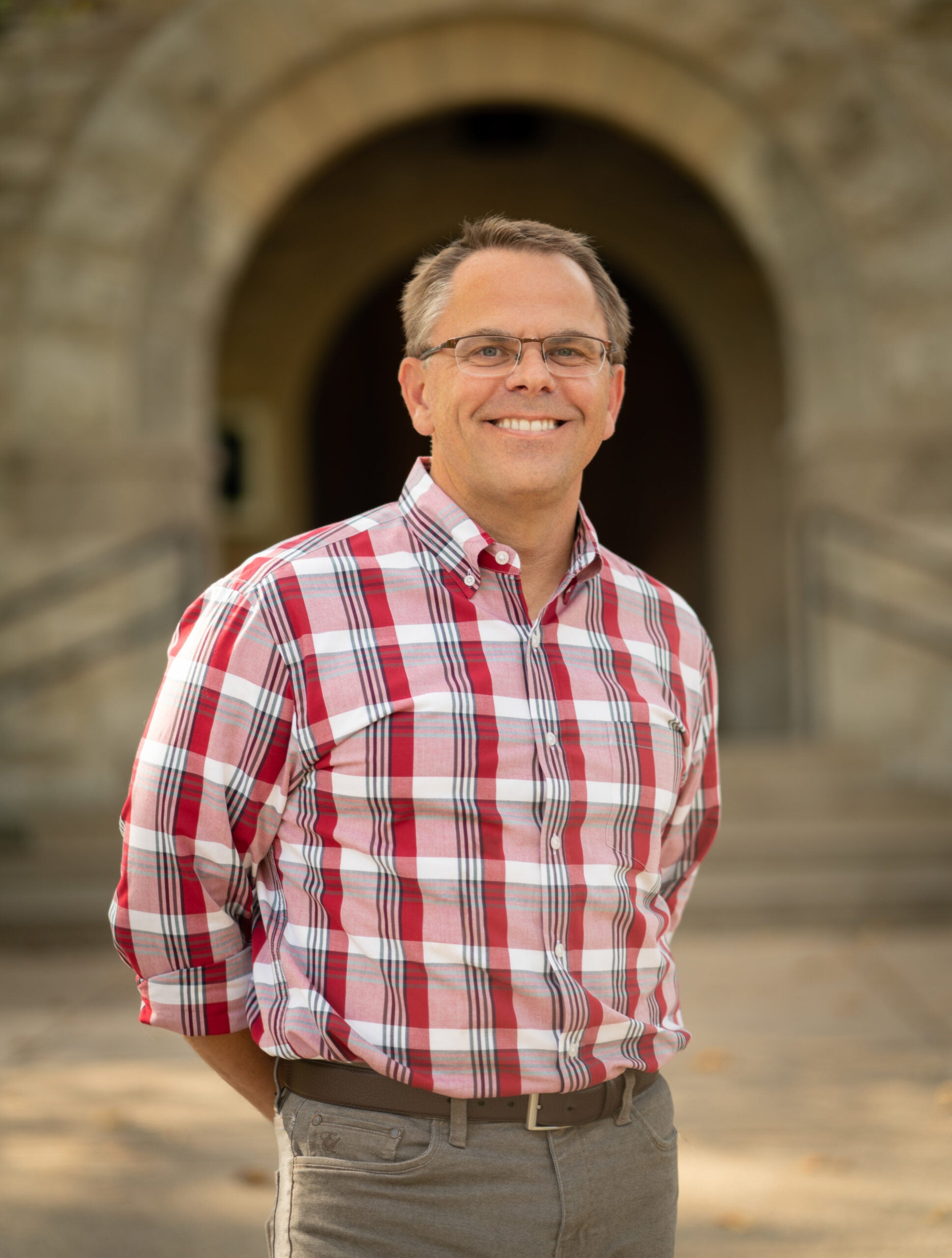
So, the feeling that the recognition of this loss is overwhelming, recognizing that the powers or abilities we have to take stock of what has just happened always come up short. And it’s that recognition of inability that has to be paid attention to, I think, in the very first instance of trying to grasp what essentially comes across as ungraspable.
RF: Are there things we can do as communities, societies or governments to memorialize and understand what happened?
EB: Memorialization is often about a country reckoning with its past and setting its course for its future. So, a lot of memorialization over the past centuries has been about large stony obelisks, large monuments that talk about overcoming odds, victories or ways of gathering together (as) a nation and pointing toward a different kind of future.
In this case, we’re finding over the last eight years or so, there’s been a shift in memorialization around recognizing the inability to talk about victories, to memorialize in stony (and) positive ways what has just happened. So, one quick example of this is the 9/11 memorial in New York City with the reflecting pools that essentially are reflections of absence. So, the loss of buildings, the absence of buildings (and) the footprint where the buildings once stood now become a waterfall that flows down into this dark abyss. It’s actually using absence as a way of memorializing what happened on 9/11.
(It is) a way of setting a course for a nation going forward, not by something positive, but by a counter monument, by a monument that also reflects where civilization went awry, where we find such a deep and a profound loss that there’s nothing that can fill in that gap.
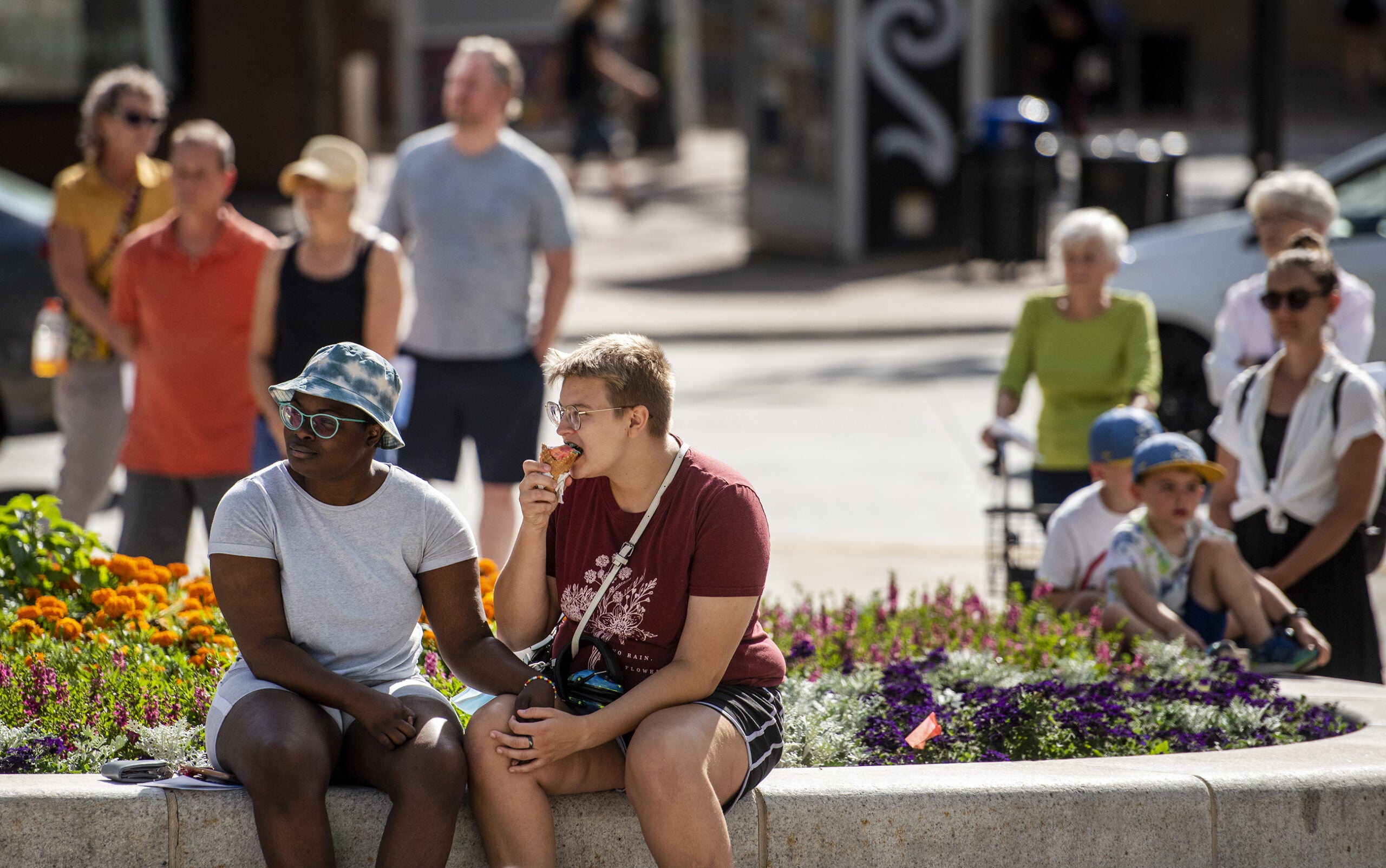
RF: So much of the suffering and death from COVID-19 happened in private and over time. Does that change how we process it?
EB: Hitting 1 million deaths over two years due to a pandemic, I think is very different than commemorating loss due to horrific tragedy, warfare and those kinds of events, (such as) 9/11 … That really is an event that you can place a day upon. But the pandemic is a slow burn.
There’s something about living through this moment for so many months and spreading 1 million deaths over so many months that has a different way of taking stock. There’s a way that the dramatic loss is now felt as a malaise, as an underlying anxiety about the future versus a momentary flash that makes you think or question the future.
RF: How has misinformation affected all this?
EB: If you look back in history, the ways in which we as humans writ large (have dealt) with these kinds of mass events of suffering, atrocity and loss, there are always attempts to try to grasp this thing, to try to (contain it) or give it some kind of parameter so that I can talk about what just happened.
My idea is that the belief in misinformation is one way of gaining control of that which feels overwhelming. So, it’s the attempt to not even pay attention to the pandemic as (a) pandemic. It’s a way of taking stock, of calculating the pandemic by not paying attention to it. And so, I think it’s far from (a) belief in misinformation. It’s far from turning your back on the pandemic. It’s actually facing the pandemic. And it’s a way, technique or mechanism by which to deal with what it is that we’re all facing.
RF: And how do politics and divisiveness affect misinformation?
EB: This pandemic also has ripple effects that exacerbated issues (and) … brought to the fore what was already there in terms of divisiveness, which I think frankly adds to the feeling that I talked about before, this basic malaise that hangs over the pandemic. As a nation, we can’t rally around a single interpretation or understanding of what it is that has happened. And that’s actually something that memorialization or commemoration attempts to do: to draw together a variety of different approaches into more or less a single trajectory.
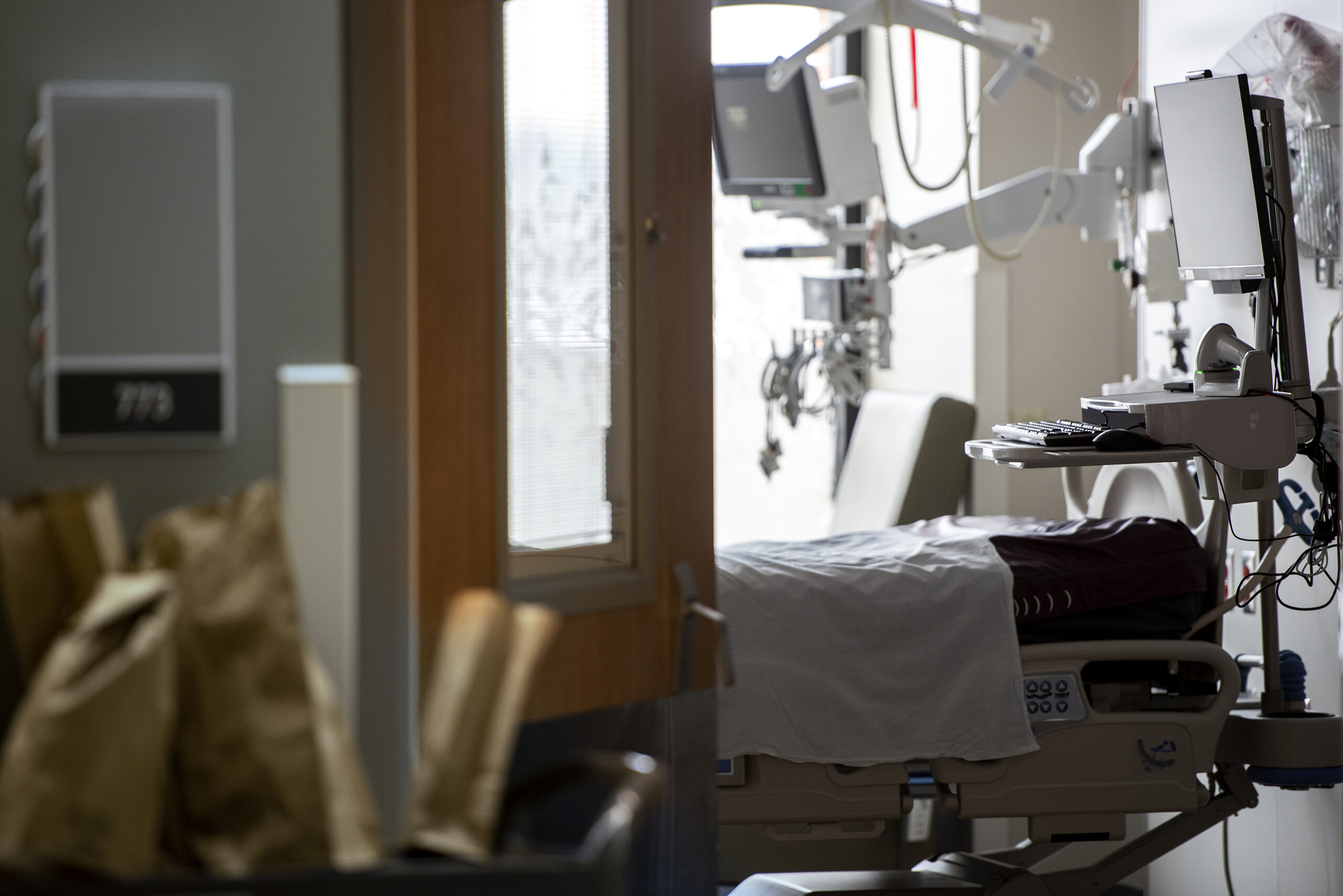
RF: How do we find the middle ground between becoming desensitized to COVID-19 and constantly meditating in the horror and loss it brings?
EB: There is a need to turn off, (so) that those events aren’t crushing for everyone. But that can only go so far, because the reason why you’re desensitizing or turning your back on those things is because they’re so pressing. It’s because they ought not be. It’s because we have to apply ourselves to those constant pressures that are tearing us down and tearing down the world. And so, there’s no ability not to pay attention and because of that we find ourselves worn out and fatigued.
One of the ways in which we can find ourselves better able to attend to the suffering all around us is not always to think about empathy, the ways in which I have to imagine someone else’s suffering in order to understand what’s going on. But there’s a way in which allowing our own suffering to do its work, and that actually opens us up to the suffering of others. And so there’s a way in which a community who comes together around what it is that’s happening to us collectively is maybe one approach to get at this problem fatigue.
RF: How important is it to have that personal image of individual people lost as opposed to the total statistic of people we lost?
EB: That’s vitally important. You have to do all of those things. One example of that is the Vietnam War Memorial, which when you stand back is this dark cut into the earth. But when you come close, it’s the stones upon which individual names are cast. Interestingly enough, your reflection is in the stone itself.
So that combination of both individual human loss on a very private scale and the ways in which that loss has deep and profound effects for the people around that person, and at the same time seeing the multiplication of each one of those deaths on this mass scale — I think that in combination is what needs to be accomplished.
Wisconsin Public Radio, © Copyright 2026, Board of Regents of the University of Wisconsin System and Wisconsin Educational Communications Board.

